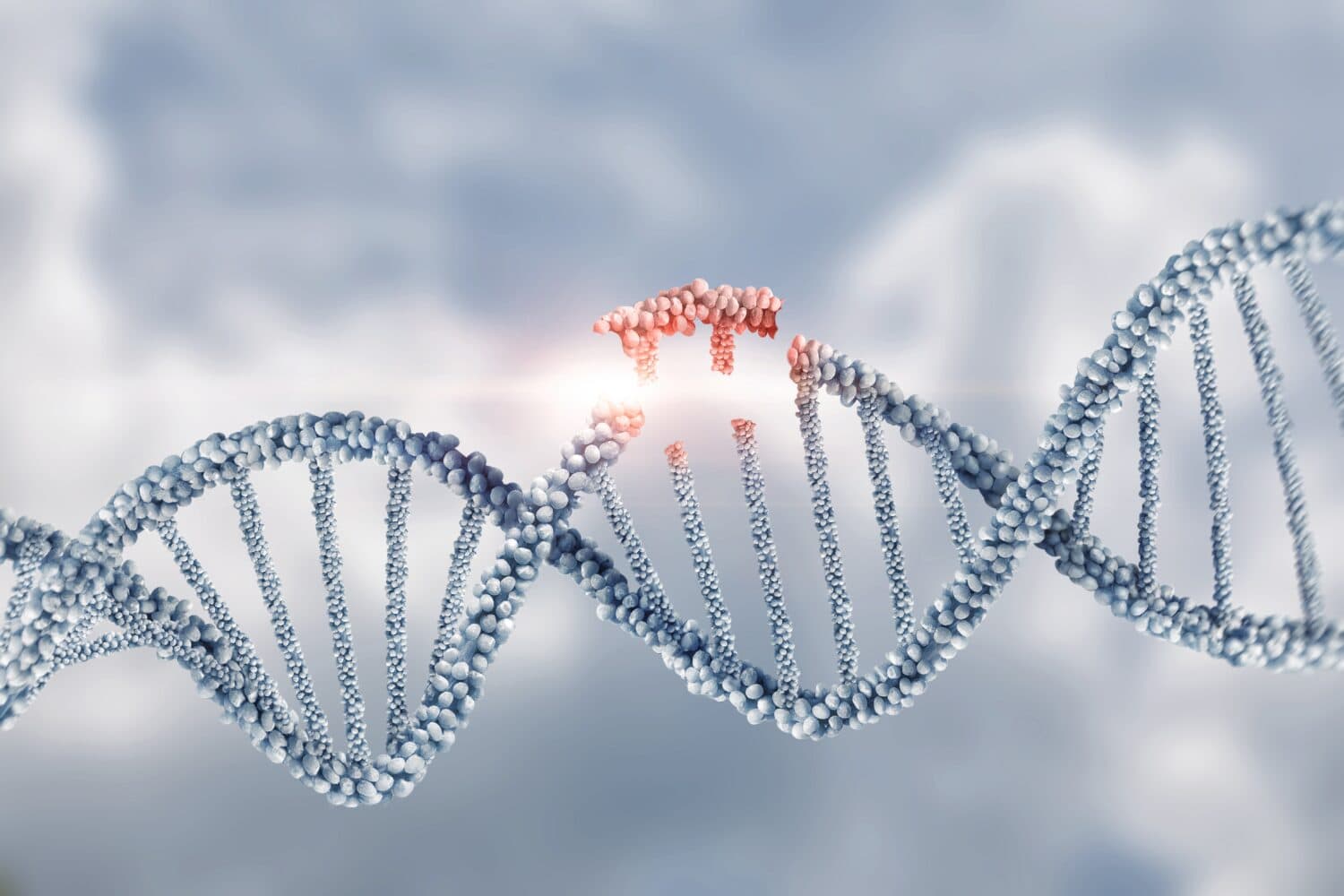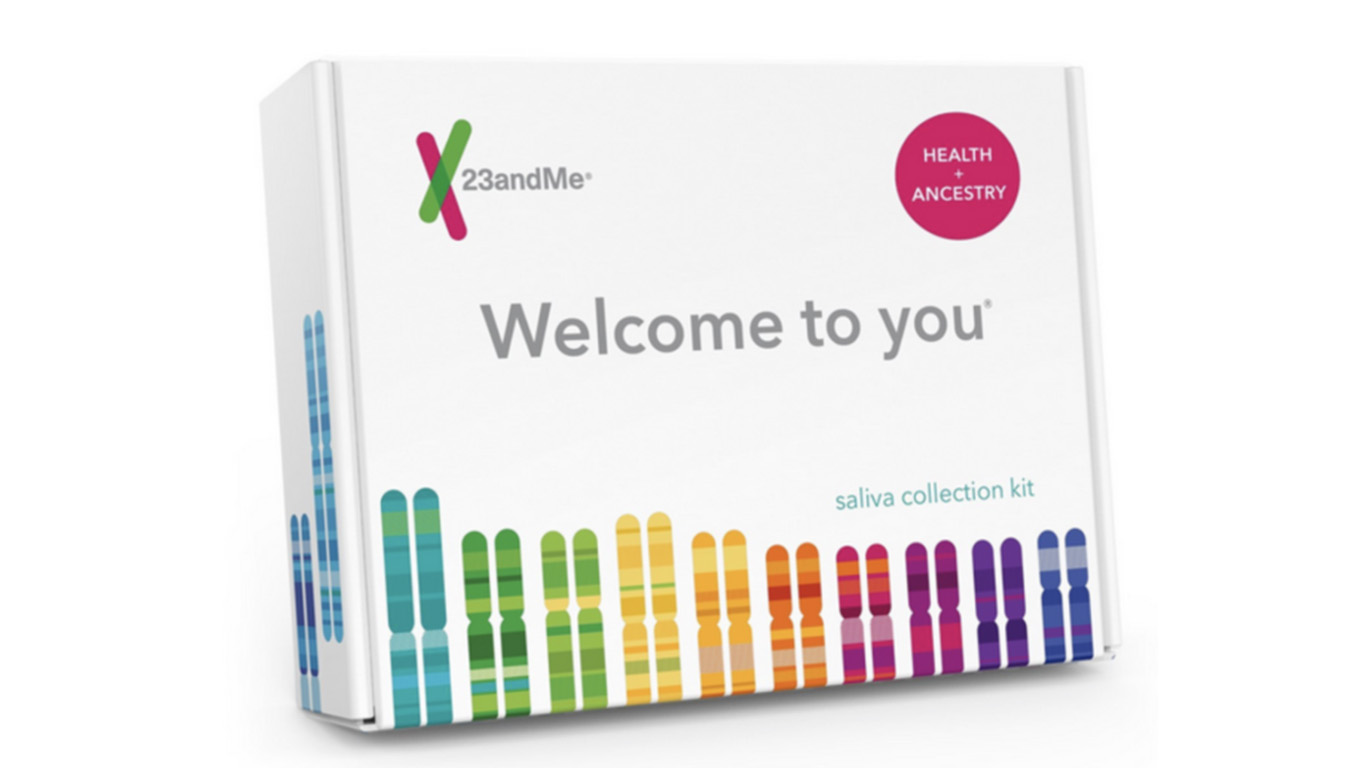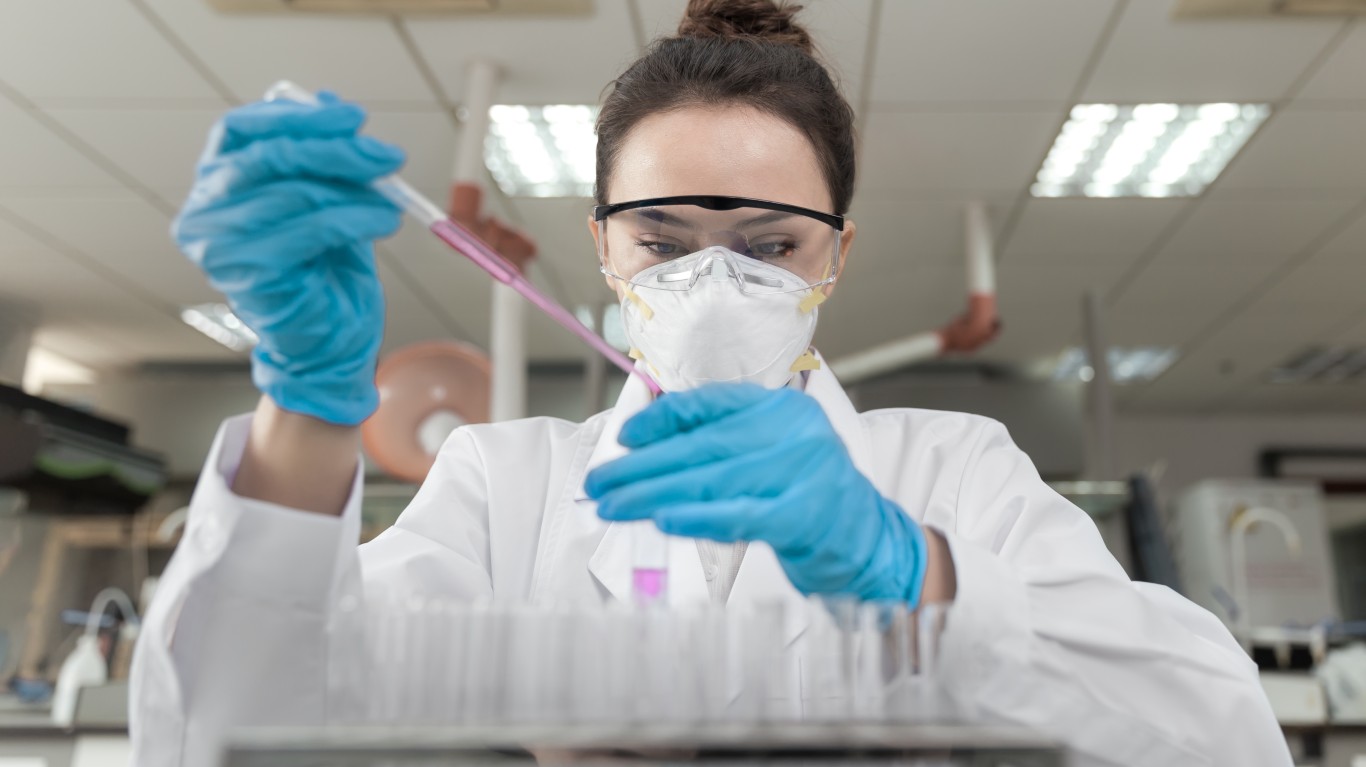
Stock splits are typically viewed as bullish indicators that a company sees more growth is on the horizon. Although nothing fundamental changes about the business, making the share price cheaper allows more investors access to the stock and increases its liquidity.
The flipside to stock splits are reverse stock splits. Where a forward split essentially cuts a pizza into 12 slices instead of six, a reverse split does just the opposite: it takes a 12-slice pie and turns it into six. Instead of issuing more stock, it buys up outstanding shares to reduce the number available.
That’s where 23andMe Holding (NASDAQ:ME) comes in. Once a high-flying tech stock valued at $6 billion in 2021, it has since been reduced to penny stock status. The DNA testing kit company, however, just completed a 1-for-20 reverse stock split that took its shares from $0.27 each and brought them up to $5.34 per share.
In doing so, 23andMe reduced its shares count from 350.3 million outstanding down to 17.5 million. Despite the higher stock price, investors should avoid ME stock at all costs.
24/7 Wall St. Insights:
- Although stock splits are seen as a bullish sign for companies, reverse stock splits are a yellow flag that something is seriously wrong.
- DNA testing kit stock 23andMe (ME) fell from a $6 billion valuation just a few years ago to penny stock status, but just completed a 1-for-20 stock split to remain listed on the Nasdaq exchange.
- If you’re looking for some stocks with huge potential, make sure to grab a free copy of our brand-new “The Next NVIDIA” report. It features a software stock we’re confident has 10X potential.
A grand vision that never materialized

What happened to this one-time unicorn that had high hopes of becoming a global healthcare company? Simply, its vision was just too grand.
When Anne Wojcicki co-founded 23andMe Holding in 2006, she wanted the company to be more than simply a DNA testing business. The broad roadmap she laid out saw the company using the DNA it collected to develop drugs that could help change the way healthcare was delivered. Collecting spit from customers was merely the first stage in building this aspirational dream.
The problem was Wojcicki’s customers didn’t share her vision. They viewed it as a novelty item that was a one-and-done affair. It is hard to grow a lasting business from that.
A multi-pronged approach to growth

23andMe touted itself as both an ancestry and health company where customers could learn about their heritage by providing saliva samples and then discover whether their genetics predisposed them to certain illnesses and diseases.
By having this knowledge early, customers could change their habits or their diets to protect against the potential negative outcomes. At the same time, 23andMe could turn around and use the genetic data collected to develop new drugs to treat the emerging health issues.
Although 23andMe test kits were initially very expensive at $999, they proved popular and sales grew. But the high price point eventually became a stumbling block and over time 23andMe lowered the price to $99 each.
Yet at that level, turning a profit was hard. It wasn’t able to do it at $999 either, which is why it launched a premium service, 23andMe+ that offered ongoing research updates into conditions related to each individual customer based on their unique indicators.
Still, 23andMe has never been profitable. In fact, it reported an operating loss of $681 million in fiscal 2024, more than double the prior year’s $324 million loss.
Difficulty overcoming its novelty image

At issue is 23andMe’s product is essentially for one-time use for customers. They have little incentive to return for another test. That requires the company to continuously attract new customers, but also explains the subscription service it implemented.
For Q1 of fiscal year 2025, there have been 15.3 million customers who provided DNA samples to 23andMe with revenue down 33% year-over-year. There were only 562,000 premium members, down 12% from last year. A partnership for drug development with U.K. pharmaceutical giant GSK (NYSE:GSK) didn’t produce any tangible benefit and the acquisition of tele-health service Lemonaid hasn’t advanced 23andMe’s desire to become a full-blown healthcare company.
Another ongoing problem for the company is the long-standing privacy concerns customers have over their personal and health data. They were not allayed when 23andMe suffered a data breach that exposed personal information of 6.9 million customers. Just last month the company agreed to a $30 million class action lawsuit settlement. Moreover, if 23andMe goes bankrupt, many customers worry what happens to all their personal data.
Key takeaways
23andMe is a shambles. Last year its entire board of directors resigned en masse after Wojcicki tried to buy the company for just $0.40 per share. Because she owns 49% of the stock, she would not allow the board to seek any other strategic alternatives.
Today, it is a crippled business with very little likelihood of long-term survival in its current form. Falling sales, lack of profitability, and no hope of realizing its broader vision, 23andMe suffers from a condition that not even a reverse stock split artificially boosting the share price can resolve.
It’s Your Money, Your Future—Own It (sponsor)
Are you ahead, or behind on retirement? For families with more than $500,000 saved for retirement, finding a financial advisor who puts your interest first can be the difference, and today it’s easier than ever. SmartAsset’s free tool matches you with up to three fiduciary financial advisors who serve your area in minutes. Each advisor has been carefully vetted and must act in your best interests. Start your search now.
If you’ve saved and built a substantial nest egg for you and your family, don’t delay; get started right here and help your retirement dreams become a retirement reality.
Thank you for reading! Have some feedback for us?
Contact the 24/7 Wall St. editorial team.





